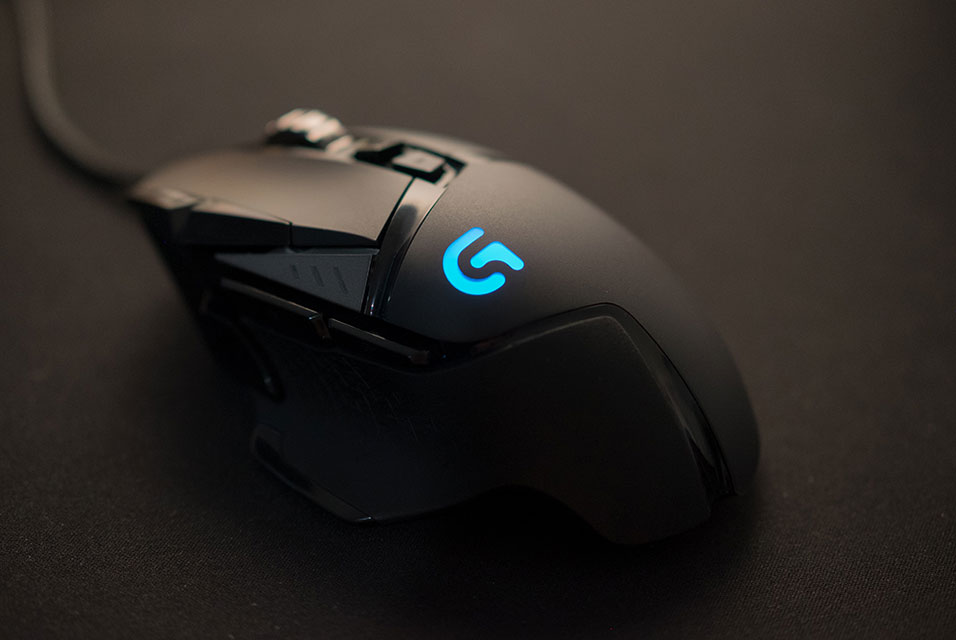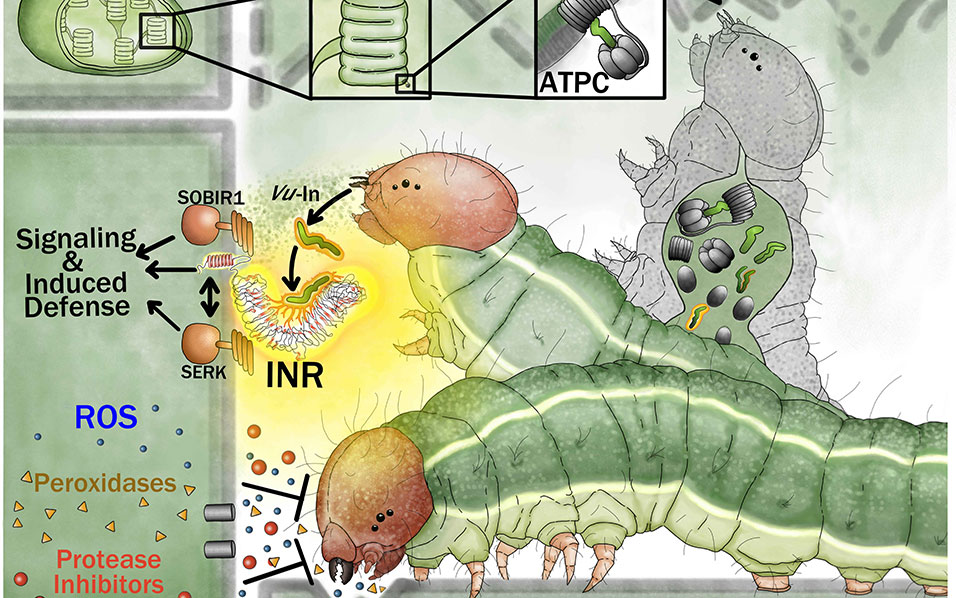NEW HAVEN, CT.- When people make choices, they must assess a host of variables. What is the risk? What is the payoff or cost? What disruption will the choice cause? What is the probable outcome?
Researchers have employed a host of techniques, from brain scans to personal surveys, to try to measure the inherent conflicts involved in making these choices. In a new study, Yale researchers used a simple tool usually available at the tip of our fingers — the computer mouse.
They found that when subjects are presented choices on a computer screen, how they move their mouse when making their choice can not only show how conflicted people are about a making a decision, but actually predict both their underlying preferences and future choices. The results were published Nov. 23 in the journal of Proceedings of the National Academy of Sciences.
"In theory, information contained in mouse movements can not only predict what people will buy, but potentially... whether will they wear a mask in public during the pandemic or who will they vote for." - Melissa Ferguson
“In theory, information contained in mouse movements can not only predict what people will buy, but potentially answer other societal questions, like whether will they wear a mask in public during the pandemic or who will they vote for,” said senior author Melissa Ferguson, professor of psychology at
Yale.
For the study, Ferguson, Paul Stillman of the Yale School of Management, and Ian Krajbich of Ohio State University recorded mouse movements made by about 650 subjects presented with different gambling options on a computer screen. Should they make a bet with 50-50 odds of success, or pass and accept a certain outcome?
How directly the individuals moved their mouse before clicking on their choice offered a measure of their degree of conflict. For instance, even when a person eventually decided on a risky choice, if their mouse movements drifted toward the safe choice along the way it predicted the subject may be averse to risk. Indeed, these subjects who showed that kind of drifting movement selected safe options in subsequent tests. Conversely, those whose mouse movements made a beeline to the riskier bet were more likely to take more chances in future tests.
The “mouse model” of decision-making helps resolve underlying challenges with the study of how people make choices. As inaccurate polls during the recent presidential election reminded us, what people say they are going to do and what they actually do are sometimes different.
“If asked in a survey, people may say that during Thanksgiving they would limit family gatherings to a few people due to the pandemic,” Ferguson said. “However, if you present them different options on a computer screen about the size of family gatherings during the holiday and follow the mouse, you may see that they really have different plans.”
“By measuring computer mouse movements while people decide, we can better understand whether they will follow through or do something completely different,” Ferguson said.










